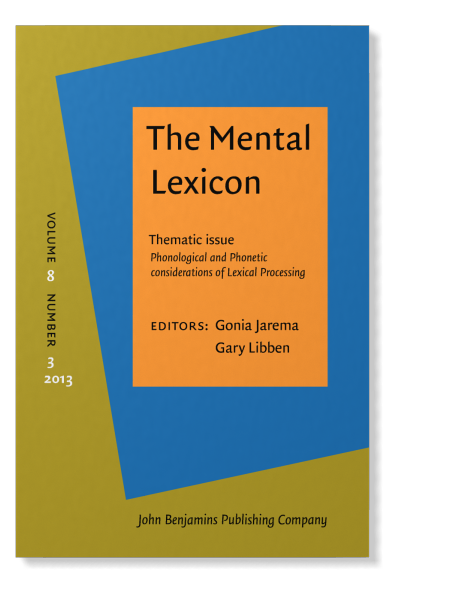This study investigates the masked onset priming effect (MOPE) in Korean. The results revealed facilitated naming for nonwords written in the alphabetic syllabary hangul when primes and targets shared an initial consonant-vowel (CV) syllable as well as when they shared only an initial onset (C) phoneme. However, there was greater priming at the syllable level than at the phoneme level. Taken together with previous research on Korean (Kim & Davis, 2002), these findings indicate that the MOPE reflects facilitated grapheme-to-phoneme conversion processes when the pronunciation of the target is computed through the nonlexical route, and are interpreted to support the Forster and Davis (1991) model of this effect.
The abstract above is courtesy of John Benjamins Publishing Company.
Publication Type
- Article



